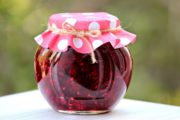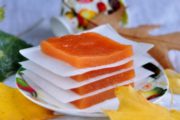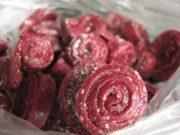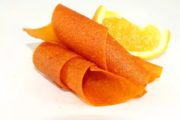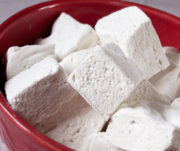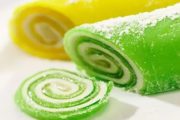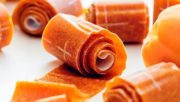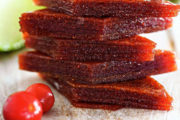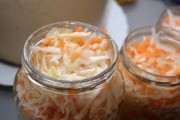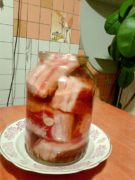Jam pastille - homemade
Sometimes, as a result of a rich harvest and the excessive enthusiasm of the hostess, a lot of seams accumulate in her bins. These are jams, preserves, compotes and pickles. Of course, preservation can be stored for a long time, but not indefinitely? And then the question arises, where can all this be put? You can give it to relatives, but you can think about how to make something necessary and in demand out of something unnecessary? It’s easiest to “recycle” jam, because it’s practically a preparation for marshmallows.

But not every jam can make marshmallow. It happens that neither an electric dryer, nor an oven, nor two weeks of air drying help. What does this depend on?
There are several factors that can influence the preparation of jam marshmallows.
Sugar. If there is too much sugar in the jam, then you can dry the marshmallow indefinitely, but it will remain liquid until it burns. And all because sugar melts due to temperature. It physically cannot harden in heat. Therefore, if your jam is too sweet, you need to dry it in the oven as follows:
Line a baking tray with baking paper and grease it with vegetable oil. Spread the jam on a baking sheet in a very thin layer, literally so that the paper shows through.

Turn on the oven at +90 degrees and dry with the door ajar for 4 hours. After this, if the marshmallow is still a little liquid, remove it from the baking sheet and simply dry it in the open air at room temperature.

If there is not enough sugar, the pastille may also not dry well. In this case, it is recommended to add sugar and boil the jam until the sugar melts.
Pectins. Different fruits have different amounts of pectin. Somewhere there are more of them, somewhere less, and it is pectins that are responsible for the viscosity of the product, for the degree and speed of thickening of the marshmallow.
Check the table for pectin content in fruits. You may just need to mix several types of jam to get a dense marshmallow without much hassle or worry.
Products Pectin content, g
Currant 1.1
Apples 1
Plum 0.9
Apricots 0.7
Peach 0.7
Oranges 0.6
Pear 0.6
Raspberry 0.5
Cherry 0.4
The temperature and humidity in the room where drying occurs are no less important than the composition of the jam itself. In a cold and damp room, the marshmallow may not dry out, but may turn sour or mold. Therefore, try to provide warmth and ventilation in the room where the marshmallows are dried.
Place the tray with the marshmallow next to the heating device and unfold it from time to time for more even drying.
Otherwise, making jam marshmallows should not cause any particular problems. The main thing is that the jam is mold-free and not sour.
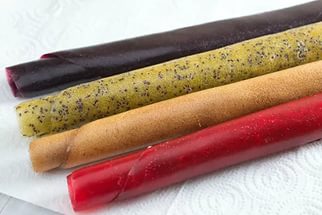
How to make jam marshmallow, watch the video:


